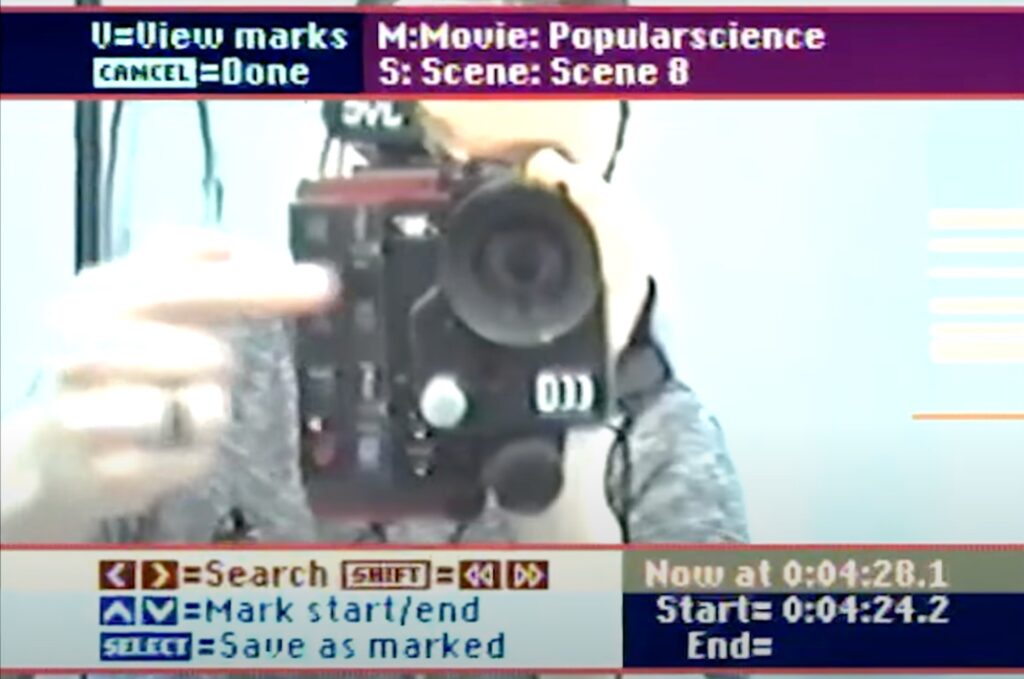[ad_1]
In 1987, a nondescript magic brick laid the foundation for a $40 billion dollar industry. The breakthrough device was the Videonics DirectED Plus. Huh? You’re forgiven for not remembering the gadget—most people don’t.
So what is the Videonics DirectED Plus? In the most basic terms, it’s an unassuming 9 ½” by 8 ½” x 2 ½” box with 256KB RAM and an Intel 80166 CPU. It gave normal people the ability to edit their own home videos before video editing software like Adobe Premiere became ubiquitous. And this was all, of course, long before we carried tiny, portable video editors in our pockets.
In the May 1988 issue of Popular Science, William J. Hawkins described a use case for the Videonics DirectED Plus:
“Use your camcorder to make home movies, then play a copy of them through DirectED. As you watch the tape, you use a remote control (included with DirectED) to mark and label specific scenes, like ‘Laura’s Birthday.’ Also, where you wish, add special effects, such as wipes between scenes or graphics and text. While you work, menus—lists of options—appear on the screen with your video, and the computer remembers all you’ve requested by storing your selections in its 256-kilobyte memory.”
Sounds cool, right? Sure. But then why did the DirectED end up completely lost to technology history? Popular Science host Kevin Lieber not only dives into the intriguing history of the DirectED, but also attempts to use the darn thing.

Want more original Popular Science videos? Learn about the forgotten Butler in a Box. Or the most famous mystery science might never solve. And remember to subscribe on YouTube.
[ad_2]
Source link

